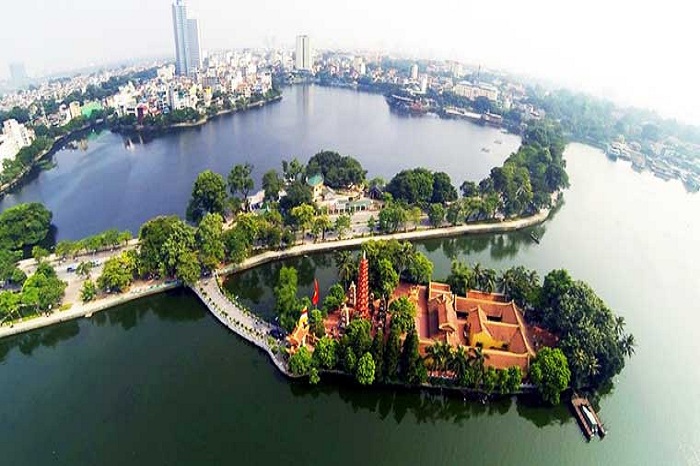
Tran Quoc Pagoda, Hanoi's haven of tranquillity
- on Nov 29, 2020 By: Ngoc Nguyen
Tran Quoc Pagoda, the oldest in Hanoi and in Vietnam, is renowned as a spiritual centre of the capital but also as a cultural and architectural vestige of rare beauty. It is worth stopping there even for just a moment.
A thousand-year-old history
Nestled on an islet east of West Lake (Ho Tay), the largest lake in the capital, the pagoda has stood out for 1,500 years. Its history was closely linked to the emergence of the first Vietnamese state "Van Xuan", hence its first name "Khai quoc" (Foundation of the nation) which was changed to "An Quoc" (Peace of the nation) under the dynasty of King Le Thanh Tong (1434 - 1442) and then to "Tran Quoc" (Defence of the nation) under the dynasty of King Le Hy Ton (1680 - 1705).
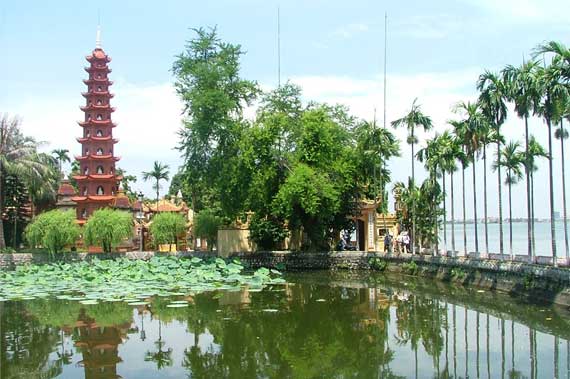
Harmony between a majestic monument and a pleasant landscaped setting
Built under the dynasty of King Ly Nam De (between 541-547), Tran Quoc Pagoda was initially located in Y Hoa hamlet, very close to the Red River. Faced with the risk of erosion, it was relocated in 1616 to Kim Ngu (Goldfish) islet, in the middle of West Lake (Ho Tay), one of the most beautiful lakes in Hanoi.
Endowed with a magnificent natural setting, West Lake was favoured by kings and mandarins with the development of pavilions dedicated to homages and imperial religious visits, such as the Thuy Hoa and Ham Nguyen palaces, which were built respectively by kings Ly and Tran. Here too, the era marked the major role of Tran Quoc as the centre of Buddhism in Thang Long city.
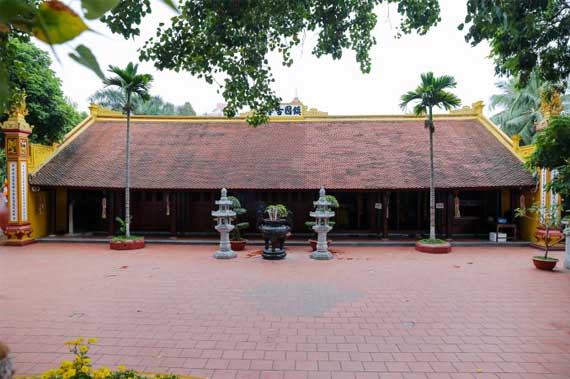
In front of the courtyard of the pagoda
Previously, the rowboat was the only way to access Tran Quoc Pagoda. Between 1619 - 1643 under the reign of King Le Than Tong, the populations of the Yen Phu and Yen Quang villages contributed to the construction of the Co Ngu dyke (the current Thanh Nien street), separating the West Lake from Truc Bach Lake, the smaller one. At the same time, they began work on the footbridge, connecting Co Ngu and the pagoda, a bridge that still stands to this day.
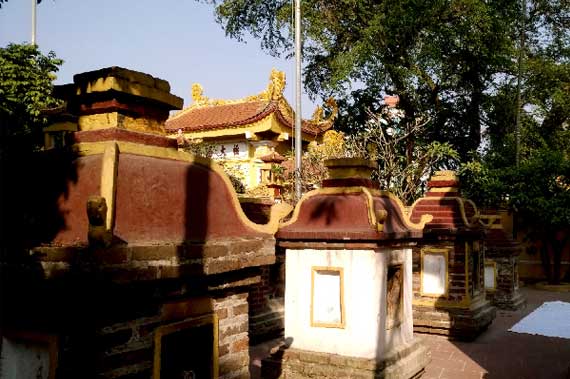
The garden of the towers of Tran Quoc
The architecture of Tran Quoc pagoda
Like most Vietnamese pagodas, its construction was based strictly on the typical principles of Buddhism. The highlight of its landscape is the garden of towers, some of which date from the 18th century. From afar, the place is dazzling, first of all, with a grandiose tower, built in 1998 at a height of 15m spanning 11 floors. Each floor, in the shape of a hexagon, nests a valuable stone Buddha. At the top sits a large nine-tiered lotus flower made of precious stone.
On the other side is a sacred fig tree offered by the Indian President during his visit to Hanoi in 1959. In addition, according to Buddhism, the lotus embodies pure dignity and the banyan tree symbolizes the supreme spirit. These two qualities, which complement each other, are believed to represent the aspiration of every man.
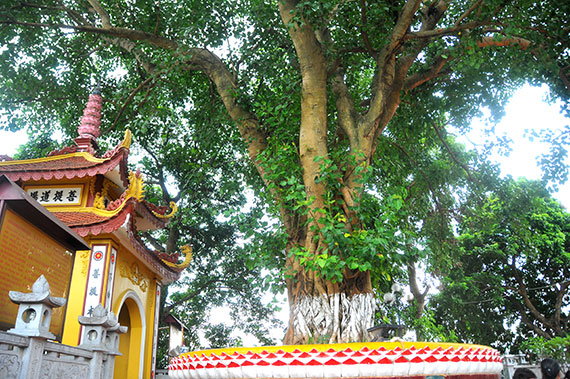
The sacred fig tree donated by the Indian President in 1959
Despite the daily tumult, his legendary figure still adorns himself with a mysterious and shadowy allure in peace. Tran Quoc Pagoda is greenery overflowing with charm constituted on the waters with a great virtuous lotus. Visitors appreciate a harmonious union of a majestic monument and picturesque landscape in the middle of a huge refreshing green space. What a treat for visitors and pilgrims alike, whether for discovery or meditative contemplation.
With its great historical, cultural, religious and landscape values, Tran Quoc Pagoda was classified by the Institute of the Far East as the 10th historical monument of Indochina. This site was listed in 1962 among the national historic remains recognised and preserved by the State, becoming one of the major cultural and religious attractions of the capital. Recently, it was recognized by the British newspaper The Daily Mail as one of the 16 most beautiful pagodas in the world.
Related articles:
>> The must-see places to visit in Hanoi and its surroundings
 Español
Español Français
Français







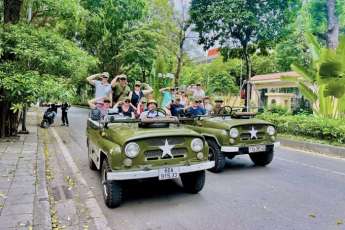
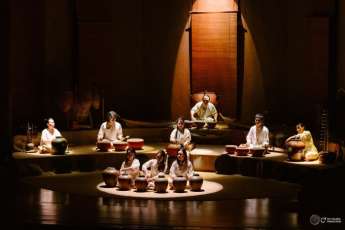

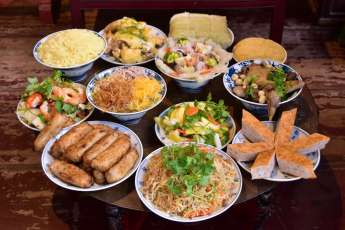
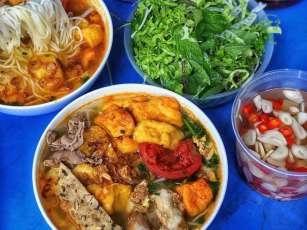
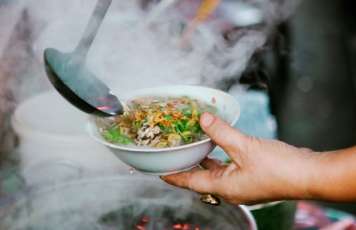







Morgane Ter Cock
on Dec 18, 2025HerbertPhomaMS
on Oct 19, 2025Lilyan Cuttler
on Oct 15, 2025Avenue17XC
on Sep 14, 2025Avenue18JL
on Jul 21, 2025